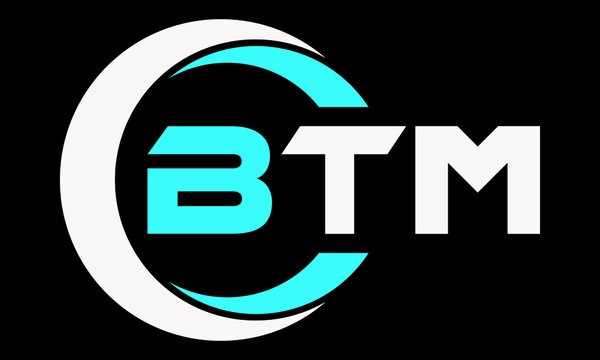In the fast-paced world of consumerism, where countless products compete for attention, the concepts of scarcity and exclusivity have proven to be potent catalysts for driving sales and building brand loyalty. The allure of limited availability and exclusive access taps into a fundamental human desire for uniqueness and status. As businesses strive to launch new products successfully, harnessing the power of scarcity and exclusivity has become a crucial strategy. This article delves into how these concepts can be effectively employed to boost new product sales, with a special focus on the role of product sampling.
Understanding Scarcity and Exclusivity
Scarcity refers to the limited availability of a product. When consumers perceive that a product is in short supply, a sense of urgency is created, motivating them to make a purchase sooner rather than later. Exclusivity, on the other hand, involves restricting access to a product to a select group of people. This exclusivity can stem from factors like high price points, membership requirements, or invitations.
Both scarcity and exclusivity serve as powerful marketing strategies that tap into consumers’ psychological responses and aspirations. The perceived rarity of a product due to its limited availability triggers a cognitive bias known as the “scarcity heuristic,” where individuals attach higher value to items that are harder to obtain. Simultaneously, exclusivity caters to the innate human desire for distinction and belonging. It fosters a sense of belonging among those who gain access while fostering intrigue and curiosity among those who do not.
Integrating Product Sampling for Added Impact
Product sampling, a powerful marketing tool, can be seamlessly integrated into strategies of scarcity and exclusivity. By offering limited samples of a new product, brands create a preview of what’s to come. This strategy harnesses the intrigue generated by scarcity and exclusivity, compelling consumers to seek out and try the product before it becomes widely available.
Imagine a tech company about to launch a cutting-edge gadget. They could offer a limited number of product samples to their most loyal customers or run an exclusive pre-launch event where attendees get hands-on experience. The buzz generated from these limited interactions can lead to word-of-mouth recommendations, online discussions, and heightened anticipation, ultimately driving sales upon the official launch.
Creating Demand through Scarcity
Scarcity triggers the fear of missing out (FOMO) phenomenon. Consumers fear losing out on a unique opportunity, leading them to act swiftly. Brands employ scarcity tactics by introducing limited-edition runs, time-sensitive offers, or bundling products in sets that suggest exclusivity. Imagine a cosmetic company releasing a limited collection of makeup with only a certain number available. This drives excitement and prompts customers to secure their coveted items before they disappear.
The Allure of Exclusivity
Exclusivity fosters a sense of belonging and prestige among consumers who gain access. When a product is perceived as exclusive, it elevates its perceived value. Brands achieve this by targeting specific segments, creating memberships, or offering products in invite-only sales. High-end fashion houses exemplify exclusivity by hosting private fashion shows for a select audience. These meticulously curated events not only showcase the latest designs but also serve as a platform for forging deeper connections with a handpicked clientele. The intimacy of such gatherings allows attendees to experience the brand’s ethos up close, enhancing their emotional connection and loyalty.
Furthermore, exclusivity extends beyond the realm of fashion. Luxury automobile manufacturers, for instance, offer limited production runs of high-performance vehicles, catering to discerning enthusiasts who seek not only top-tier engineering but also the prestige that comes with owning a rare and coveted automobile.
Fostering Long-Term Relationships
While the immediate impact of scarcity and exclusivity is evident in boosted sales and heightened brand awareness, their long-term effects are equally valuable. Successful implementation of these strategies can foster a loyal customer base. Consumers who feel part of an exclusive club or those who have successfully obtained limited items are more likely to become repeat customers.
Conclusion
In a market inundated with choices, leveraging scarcity and exclusivity can set new products apart, driving not only sales but also brand loyalty. When paired with clever marketing tactics, such as product sampling, these concepts can create a recipe for success. The allure of limited availability and the promise of exclusivity tap into fundamental human emotions, allowing businesses to craft narratives that resonate with their audience. As the landscape of consumer behavior continues to evolve, mastering the art of scarcity and exclusivity remains a potent tool for driving new product sales and cultivating lasting brand relationships.






